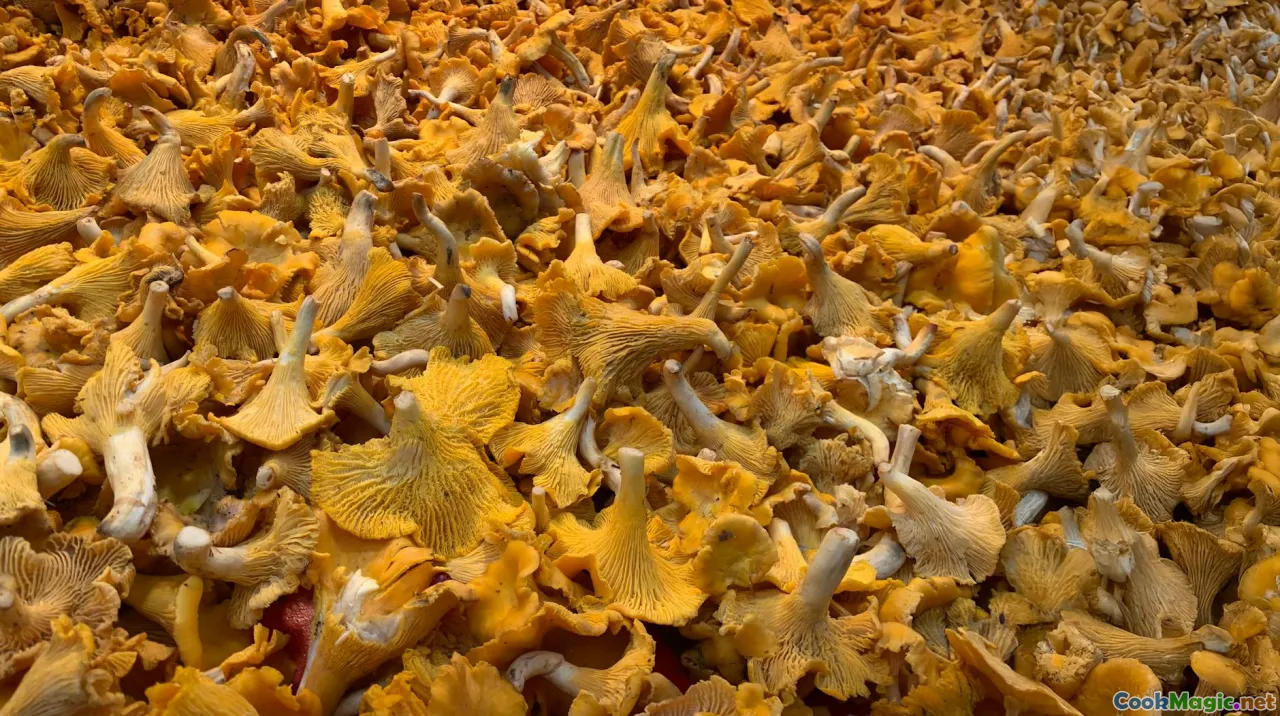Seasonal Swedish Ingredients
8 min read Discover the rich tapestry of seasonal ingredients in Swedish cuisine, celebrating nature's bounty throughout the year. April 16, 2025 17:00
Seasonal Swedish Ingredients
Sweden, a land where the northern lights dance across the sky and the deep forests cradle ancient traditions, is home to a culinary landscape that changes with the seasons. The concept of eating seasonally is not just a trend in Sweden; it is woven into the very fabric of Swedish culture, reflecting a deep respect for nature and its cycles. This article explores the vibrant array of seasonal ingredients that define Swedish cuisine, showcasing their cultural significance and the delicious dishes they inspire.
The Swedish Seasons: A Culinary Calendar
To fully appreciate Swedish cuisine, one must first understand the rhythm of the seasons. The stark contrasts between summer and winter in Sweden create a unique culinary landscape, where each season brings its own bounty. Let’s take a journey through the year, exploring the ingredients that grace Swedish tables.
Spring: Awakening Flavors
As the snow melts and the first rays of sunshine warm the earth, spring heralds a time of rejuvenation. One of the most celebrated ingredients of this season is ramslök, or wild garlic, with its fragrant leaves that burst forth from the forest floor. The aroma of ramslök is earthy and fresh, reminiscent of a sun-drenched forest after rain. It is often used to make ramslök pesto, a vibrant green spread that elevates any dish.
Another springtime favorite is syrén, or lilac flowers. These delicate blooms not only add beauty to the landscape but also a sweet, floral note to syrups and desserts. The lilac syrup can be drizzled over pancakes or mixed into lemonade, creating a refreshing treat that captures the essence of spring.
Summer: A Feast from the Land
As summer arrives, Sweden transforms into a lush paradise bursting with flavor. This is the season for jordgubbar(strawberries), which ripen under the long hours of daylight. Swedes celebrate the strawberry season withjordgubbstårta, a layered strawberry cake that is a staple at summer gatherings. The combination of fluffy sponge, whipped cream, and juicy strawberries creates a dessert that is both light and indulgent.
But summer in Sweden is not just about strawberries; it’s also about new potatoes. These small, tender tubers are often served with a dollop of creamy butter and fresh dill. The simple pleasure of new potatoes, still warm from the earth, is a cherished tradition during Midsummer celebrations, where families gather to feast, sing, and dance around the maypole.
Autumn: The Harvest
As the leaves turn golden and the air grows crisp, autumn brings a bounty of ingredients that reflect the earth’s generosity. Mushroomstake center stage during this season, particularly thechanterelleandking bolete. Foraging for mushrooms is a beloved pastime in Sweden, and the thrill of discovering a hidden patch is a rite of passage for many. These mushrooms, with their earthy, nutty flavors, are often sautéed in butter and served alongside meats or in creamy sauces.
Another autumn staple is root vegetables. Carrots, beets, and parsnips become sweeter as the frost sets in, making them ideal for hearty stews. The traditional dish rotmos, made from mashed root vegetables, is a comforting meal during the colder months, often served with rich gravies and meats.
Winter: Preserving the Harvest
Winter in Sweden is a time for warmth, comfort, and preserving the flavors of the past seasons. Lingonberriesandcloudberries are often harvested during the summer and preserved as jams or sauces to accompany winter dishes. Lingonberry sauce, with its tart and slightly sweet profile, is a quintessential accompaniment to the famous Swedish meatballs, creating a perfect balance of flavors.
In addition to berries, fermented herring is a traditional winter delicacy. The process of fermenting fish dates back centuries, preserving the catch to last through the long, dark months. The pungent aroma of fermented herring can be polarizing, but for many Swedes, it is a taste of nostalgia and a connection to their heritage.
The Cultural Significance of Seasonal Eating
Eating seasonally is not merely about the ingredients; it’s about connection — to the land, the community, and one’s heritage. In Sweden, many families maintain their own gardens or participate in local farmers’ markets, fostering a sense of community and sustainability. The act of gathering seasonal ingredients is often a family affair, filled with laughter and stories passed down through generations.
One of my fondest memories is from a Midsummer celebration at my grandmother’s house. We spent the day picking strawberries and herbs from her garden, the sun casting a warm glow on our backs. Later, we gathered around the table, a colorful spread of dishes made from our harvest. The taste of the fresh ingredients, combined with the joy of family, created an unforgettable experience that remains etched in my heart.
Conclusion: A Taste of Sweden
Seasonal Swedish ingredients embody the spirit of the land and its people, a celebration of nature’s rhythms. From the fragrant wild garlic of spring to the comforting root vegetables of autumn, each ingredient tells a story that connects us to our past and our environment. As we embrace the cyclical nature of eating, we not only nourish our bodies but also our souls, fostering a deeper appreciation for the world around us.
So the next time you find yourself in Sweden, or even in your own kitchen, take a moment to explore the seasonal ingredients available to you. Embrace the flavors of each season, and let them guide you in creating dishes that celebrate the beauty of nature. Whether it's a simple strawberry cake in summer or a warm bowl of root vegetable stew in winter, the essence of Swedish cuisine lies in its connection to the seasons.









